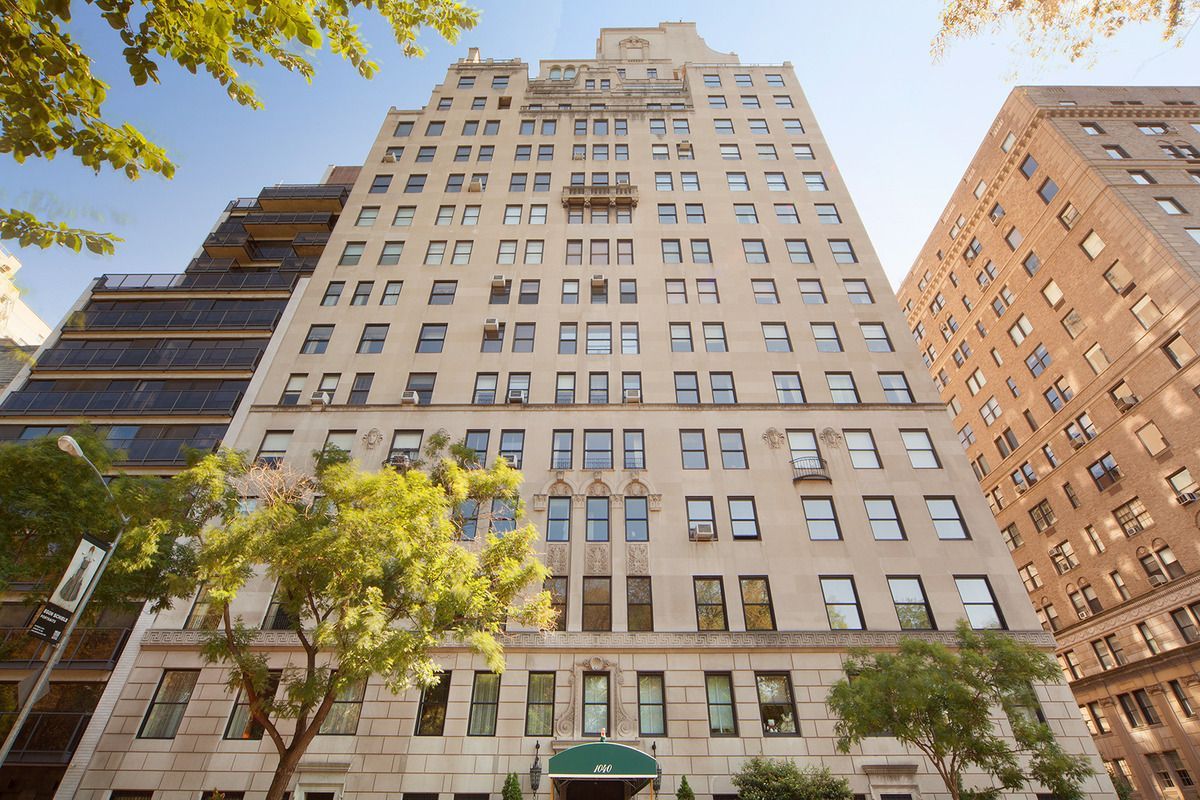Article 321: 1-year Return on the Cost of Compliance
Article 321: 1-year Return on the Cost of Compliance

Local Law 97’s Article 321 track applies to rent-regulated multifamily buildings and houses of worship. It requires that buildings either comply with the 2030 LL97 limit in 2024 or buildings sufficiently satisfy / implement 13 prescriptive energy measures.
These common energy measures include such items as ensuring heating systems are operating & controlled properly, heating piping and tanks are insulated, no system leaks exist, steam traps are sound, exhaust fans operate appropriately, and the building envelope is tight. Some of these measures require attestations by a (licensed) technical professional and others required detailed inspection reports which if completed accurately, serve as useful records for the building to track the condition and proactive maintenance needs of the building.
The process can be cumbersome for building owners, but with a sound approach to compliance, the benefits far outweigh the costs in the form of:
- Uncovering of system deficiencies that can be wasting energy and operating cost, that may have otherwise been overlooked.
- Identifying upgrade opportunities and projects that qualify for new Article 321-related incentives.
- Increased energy efficiency from improvements to equipment controls and operations.
- Avoiding the $10,000 penalty.
- Improvement of building energy grade.
The RKB team has been hard at work walking buildings, recording data on the systems and presenting findings to ownership, and registering buildings’ Article 321 reports. What we continue to see with this compliance track is that the overall cost savings realized from the efforts, easily outweighs the cost of the compliance report within 1 year.
There is an optimal way to address or implement each of the measures and as is often the case, choosing the right provider can significantly affect the overall result of this required compliance work.
Useful link - Covered Buildings Lists: https://www.nyc.gov/site/buildings/codes/sustainability.page

